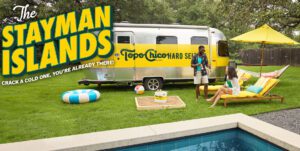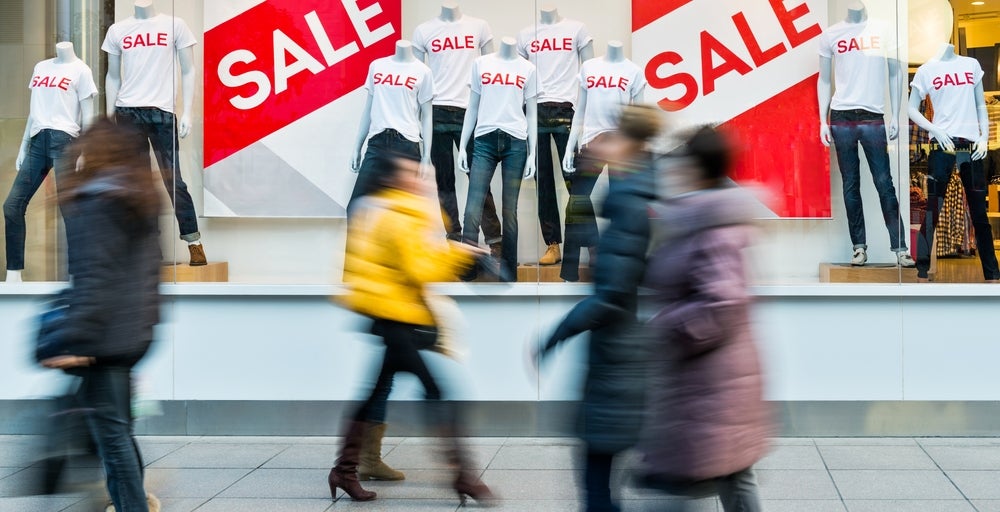
Want to connect with B2B Millennials? Think experiential.
It’s no secret that Millennials enjoy being part of a group and value memories over material goods, spending more on personal experiences than things. In fact, more than 70 percent planned on increasing their experience spend in 2017 alone.
In just a few years, millennials will account for half of the global workforce. Couple that with their deep interest in experience, and marketers are in a position to capitalize on the shifting dynamics of B2B audiences.
Crafting an extendable experience
The changing landscape of marketing can help keep brands and their audiences in almost constant contact. Thus, brands should consider interactions with their core audience from the first point of contact all the way to and through face-to-face brand experiences. Once a brand has its audience front and center, extending an experience past a single moment is key to increasing brand recognition and advocacy.
You may also like:
- B2B Events Get Inspired By the Women’s Movement
- Whirlpool & Firestone Building Products’ B2B Live Event Tips
There are two things that make extending the brand experience work: a strategy for shareability, and content that carries. The glue that holds it all together? Social media.
According to a recent study from Pew Research Center, 73 percent of U.S. adults use YouTube, 68 percent use Facebook, and Instagram is on the rise at 35 percent. The numbers for millennials show even larger adoption rates.
Social media is the watercooler, keynote address, sales pitch and networking mixer all in one. B2B Millennials use it not just personally, but with colleagues, employees, vendors, and prospective customers. Marketers can leverage this to connect with key influencers, curate conversations, gather intel, and build momentum.
Brand touchpoints can — and should — create continuous conversations. Pairing these touchpoints with unique, personalized experiences enables two-way communication between a brand and its audience, adding authenticity and a cohesive feel.
Making the experience shareable
Millennials consider experience a form of self-expression; in fact, 73 percent think a live event helps communicate their interests to others. So, if you make your experience interesting enough to share, they’re willing to help tell your story. The key is understanding what they’re looking for in a brand and delivering it in a personal, unexpected way that encourages them to share it far and wide.
Looking to B2C marketing for inspiration can spark new ideas and approaches, especially when it comes to live experiences. Take an event like VidCon, which brings together the online video community — a mashup of YouTube stars, content creators, and fans. Marketing for the event begins with a strategy that targets key audiences with personalized social messaging, digital advertisement, and retargeting campaigns before they set foot in the venue.
Capturing audiences in their channels of choice prolongs the promotional drumbeat in a way that feels unforced. Coupled with a revamped website that makes it even easier for people to buy in, this new strategy made ticket sales soar and buzz build in anticipation.
Because VidCon celebrates the increasingly popular medium of online video, there is no lack of social at the event itself. Attendees and guests have cameras ready to capture and broadcast something special to their own eager audiences. That’s the nature of this audience, and the minds behind VidCon capitalize on it.
VidCon creates experiences made for sharing that can’t be found anywhere else. Keynotes mix with Ferris wheels and VIP appearances, surprise performances, and unique swag. Every moment is designed to be memorable and shareable.
Creating attention-grabbing content
Content is everywhere in brand experience. From traditional thought leadership to user-generated content and from pre-registration messaging to post-experience touchpoints, good experiential content creates value with long marketing life cycles.
The best event content is easy to digest, on topic, and reusable in multiple formats — for example, a great session turned into an infographic or a stellar keynote made bite-sized for a YouTube series. A constant flow of information keeps millennials dialed in and ready for the next unique experience you offer.
When you merge great content with a creative, memorable experience, like the Recreational Vehicle Association did at its National RV Trade Show, millennial magic happens. The show guided attendees through an RV-themed expedition starting at registration. It then highlighted educational, informative content through unique activation zones designed to completely immerse attendees.
Various stations celebrated the RV lifestyle, offering relaxation, networking, and more. Installations included 80-inch touchscreens loaded with educational information and custom trivia, a walk-through fog wall with nature scenes projected onto the mist, and a simulated mountain climbing adventure — perfect for that Instagram-worthy selfie.
As a result, attendees weren’t the only ones buzzing about the immersive experiential content. The press was, too — resulting in coverage from multiple national U.S. outlets.
To give your millennial audiences the experiences they’re looking for, from the first point of contact to beyond face-to-face interactions, take a holistic marketing approach. Millennials are no longer just the younger audience to consider, but the up-and-coming names on your prospects list. Focusing on how they are shifting the balance and creating new opportunities for brand connections is key to success in the B2B marketing of the future.
Chris Cavanaugh is CMO of Freeman.




